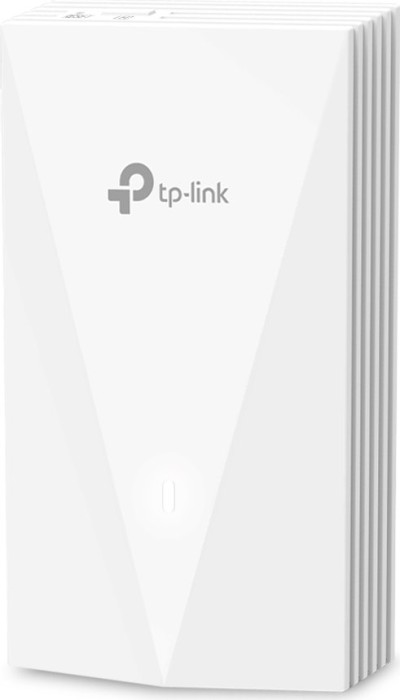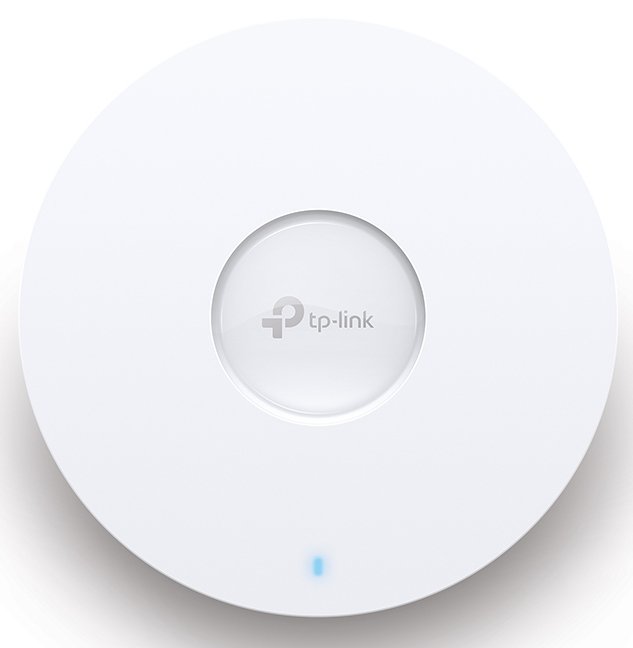The Top 10 Essential Commands for Docker Beginners
Learn the top 10 essential Docker commands for beginners. Master container creation, management, and troubleshooting with practical code examples.
Learn the top 10 essential Docker commands for beginners. Master container creation, management, and troubleshooting with practical code examples.
In today's rapidly evolving world of software development, containerization has become a key technology. Docker, a popular containerization platform, allows developers to build, package, and distribute applications along with their dependencies. To harness the full power of Docker, it's crucial to understand and master its essential commands. In this blog post, we'll explore the top 10 commands you need to know when working with Docker.
1. docker run:
The docker run command is the cornerstone of Docker. It allows you to create and start a container from a Docker image. This command handles everything from image pulling to container creation and initialization. For example:
docker run hello-worldThis command pulls the "hello-world" image from the Docker registry and starts a container based on it.
2. docker pull:
If you want to use an existing Docker image from a registry, you need to "pull" it first. The docker pull command fetches the specified image from a registry (e.g., Docker Hub). For instance:
docker pull ubuntuThis command fetches the latest Ubuntu image from the default registry.
3. docker build:
The docker build command allows you to create a Docker image from a Dockerfile. A Dockerfile is a text file that contains instructions on how to build a Docker image. By running:
docker build -t myimage .You can build an image based on the Dockerfile located in the current directory and tag it as "myimage."
4. docker images:
To see a list of Docker images stored locally, you can use the docker images command. This command provides information such as the image ID, repository, tag, and size. It helps you manage your local image repository efficiently.
docker images5. docker ps:
The docker ps command displays the currently running containers. By default, it shows only the active containers. Adding the -a flag, as in:
docker ps -awill display all containers, including the ones that have exited or stopped.
6. docker exec:
When you need to run a command inside a running container, the docker exec command comes to the rescue. It allows you to execute a command within a specific container. For example:
docker exec -it mycontainer bashThis command opens an interactive shell inside the "mycontainer" container.
7. docker stop/start:
To manage the lifecycle of your containers, you can use the docker stop and docker start commands. docker stop gracefully stops a running container, while docker start starts a stopped container. You need to specify the container's name or ID as an argument.
docker stop container_id
docker start container_id8. docker rm:
Once you're done with a container, you can remove it using the docker rm command. This command deletes a specified container. If you want to remove multiple containers at once, you can provide their names or IDs as arguments.
docker rm container_id9. docker-compose up/down:
Docker Compose is a tool for defining and running multi-container Docker applications. The docker-compose up command starts the containers defined in a Compose file, while docker-compose down stops and removes the containers. Compose files are written in YAML and provide a declarative way to manage complex applications.
docker-compose up
docker-compose down10. docker logs:
Finally, the docker logs command allows you to view the logs generated by a container. By running:
docker logs container_idYou can see the container's standard output and error streams. This command is valuable for troubleshooting and debugging containerized applications.
Mastering these ten essential Docker commands will lay a strong foundation for your containerization journey. With these commands, you can create, manage, and troubleshoot Docker containers effectively. As you continue exploring Docker's vast capabilities, remember to refer back to these commands and experiment with their various options. Happy containerizing!
The DynDNS service of IPv64.net is free of charge and usable in all common routers and systems.
You have the choice between many different domain names.
The IPv64.net Healthchecks monitor your services, servers and endpoints. Receive notifications when your services fail.
This monitoring service is free with all features.
Registration with IPv64 is free of charge and immediately available for you.

| TP-Link Omada EAP655-Wall, AX3000 ~ 96.37 € Show me |

| TP-Link Omada EAP610, AX1800 ~ 84.00 € Show me |